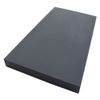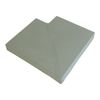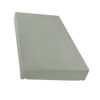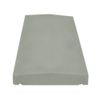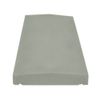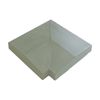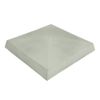Coping stones are a popular feature on many walls, but what is a coping stone and what is its purpose? Find out more about coping stones to help you understand them further and find the perfect coping stone range for the walls of your property.
Table of contents:
What is a coping?
Coping is defined as the top course (layer) or main part of coping on any free-standing wall (brick or stone). This top course is typically curved, flat or sloped, which is where coping stones come in.
What are coping stones?
Coping stones are a specific type of wall stone used to form part of a coping. They can be curved, sloped or flat and are almost always found at the top of wall construction. Like all features in your garden, coping stones need to be looked after to ensure their longevity.

What are coping stones used for?
Although they are commonly used for finishing or ‘capping’ of a wall, they do have a purpose when it comes to their use in wall construction. Though this will depend on the weather in the area.
Coping stones can be used to prevent rainfall from penetrating newly built walls as another layer of protection on a free-standing wall. Due to the weight of the coping stones, they bind the different parts of a wall together – which is where the prevention of rainfall damaging the wall comes in. As a result, coping stones can also strengthen and improve the resilience of the wall against extreme weather.
Another more common use is using wall coping stones to improve the appearance of a brick or stone fence. So when a property is first seen, a stylish surrounding around it can be admired – so long as the brick wall toppers are cared for properly. Better yet, coping stones come in a wide range of colours and sizes so you can find the ideal ones to suit your desired property theme.
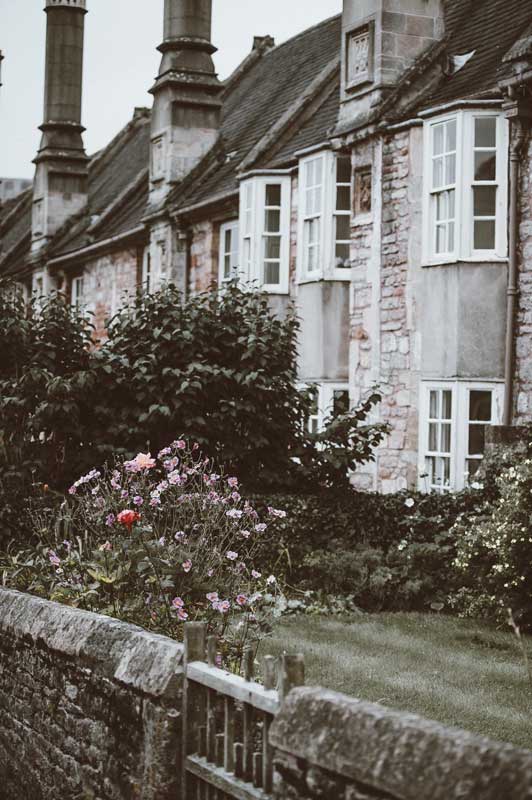
Are there coping stones for swimming pools?
Yes. There are coping stones that can also be used around the walls of a swimming pool. Particularly when it comes to outdoor pools. Swimming pool coping stones can be fitted to not only finalise and separate the appearance of the pool with a frame but also add a solution for seating around the pool (as mentioned previously regarding coping stones for walls). Usually, these would be flat coping stones to also allow ease for getting in and out of the pool. Though it will depend on your requirements for the design and purpose of the stone.
Swimming pool coping stones can also be structurally beneficial. Firstly, they can be used to protect the pool’s bond beam (the thick layer of concrete along the perimeter of the pool) and tips of steel bars that might be sticking out of the pool’s structure. Moreover, because it is material that is mounted to the pool wall, it can prevent water intrusion from behind the wall of the pool. This is a common cause of structural damage. So having extra security can reduce the risk in future.
The use of swimming pool coping stones connected to the concrete layer also means that decking is not required. This can improve the quality of the structure because if the decking is used and any shifts in the deck were to occur, then the deck could be at risk of being moved up and off the concrete layer. Shifts in the decking are typically caused by affected soil, which expands and contracts to cause the movement of the decking slabs. As a result, damage to the layer and steel could occur.
What material is used for swimming pool coping stones?
Limestone and porcelain coping stones are a popular choice when it comes to swimming pools. This is because they are two of the most aesthetically pleasing to look at when it comes to indoor pools. However, you can choose different materials such as concrete, sandstone coping stones or even slate coping stones and more. Find out how to lay coping stones with the help of our dedicated guide.

Types of coping stones
Choosing the right type of coping stone is an important process. You will need to consider the appearance of the coping stone and whether you want a specific function for the coping stone when it comes to water run-off. Slate coping stones and concrete coping stones are popular choices for walls. There are, however, many different types to choose from thanks to modern manufacturing.
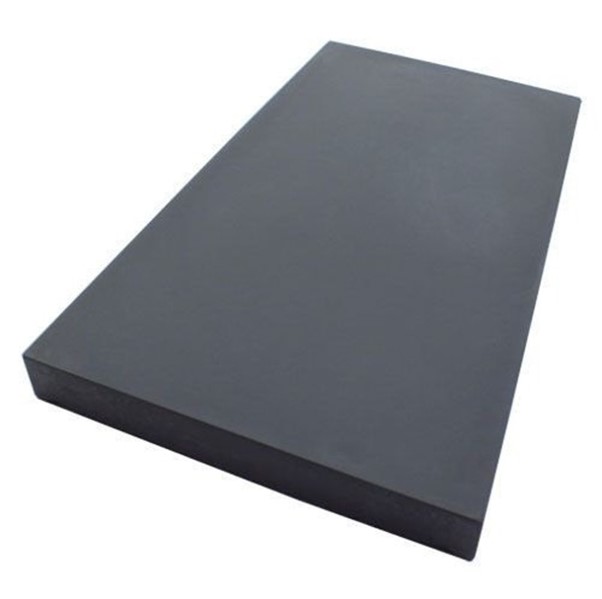
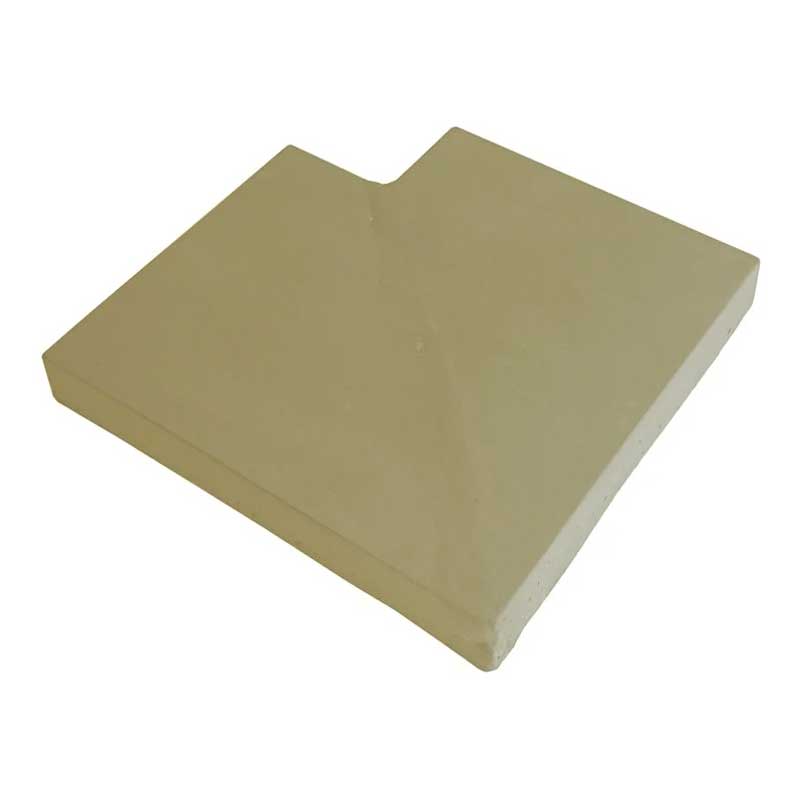
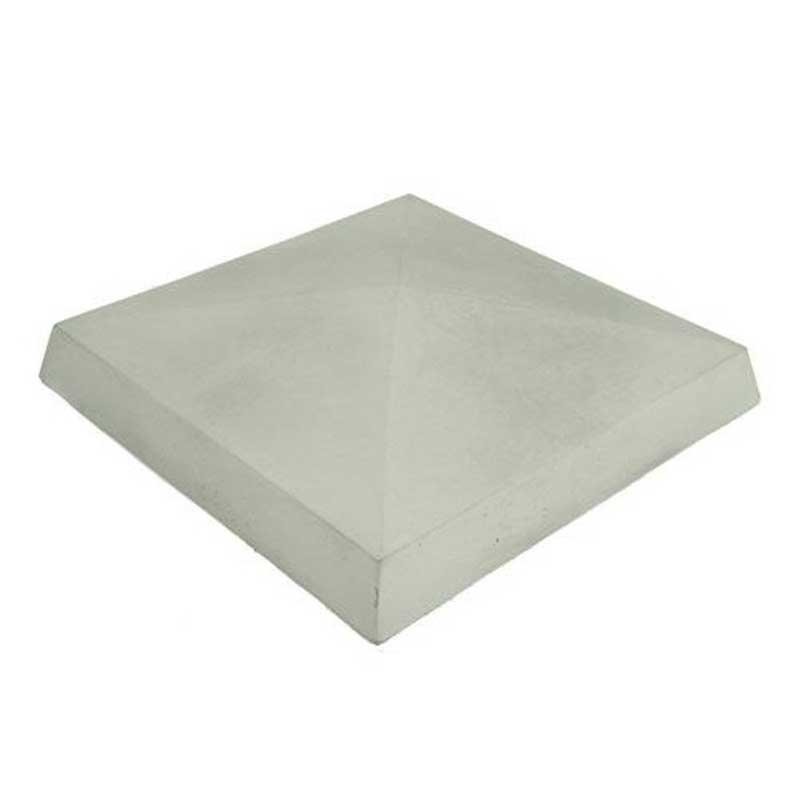
At Roofing Superstore you can find a variety of coping stones, including Eurodec coping stones and coping stone adhesive. Some designs are more for aesthetic purposes and others can perform better under weather conditions.
You can also view the table for a brief overview of the various coping stones styles below.
| Type of coping stone | Style | Uses |
| Flat coping stones | ●Flat surface ●Minimalist ●Modern ●Affordable ●Variety of colours to choose from | ●Suited to all property types ●Can be easily matched with walling |
| Chamfered coping stones | ●Flat surface with sloped ('chamfered) sides ●Modern contemporary ●Variety of colours to choose from | ●Suited to walls where railings are required or for walls to create seating |
| Once-weathered coping stones | ●Single slope surface ●Allows water run-off on a singular edge into guttering | ●Suited to areas where water needs to run-off in a specific direction to prevent flooding areas with rainwater (tops of buildings towards the guttering) |
| Twice-weathered coping stones | ●Inverted V shape with a ridge in the centre - allows water run-off on both sides away from the wall ●Better wall protection against weather ●Offers more freedom when it comes to installation ●Also available in apex or bevelled style (apex design similar to a pitched roof, bevelled design curved inwards ('bevelled') on the sides instead of flat slope | ●Suited to areas where water does not need run-off in a specific direction (garden walls, balustrading) |
| Victorian coping stones | ●Traditional | ●Suited to most property types - particularly Victorian style/era (older terraced houses, modern town houses, older country mansions) |
| Cottage coping stones | ●Traditional ●Sophisticated | ●Can be used to resembled old sandstone walls ●Suited to garden walls for older houses |


